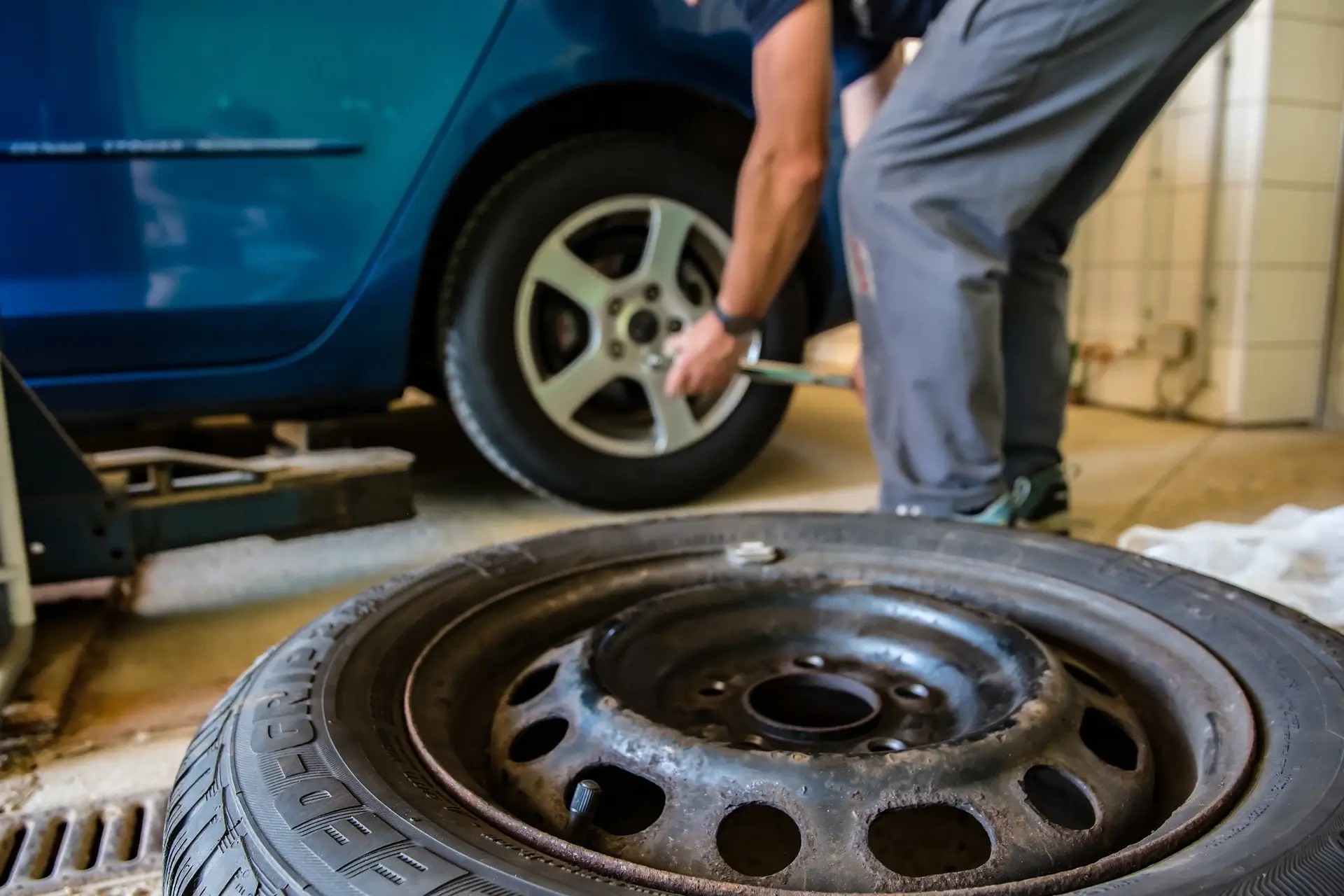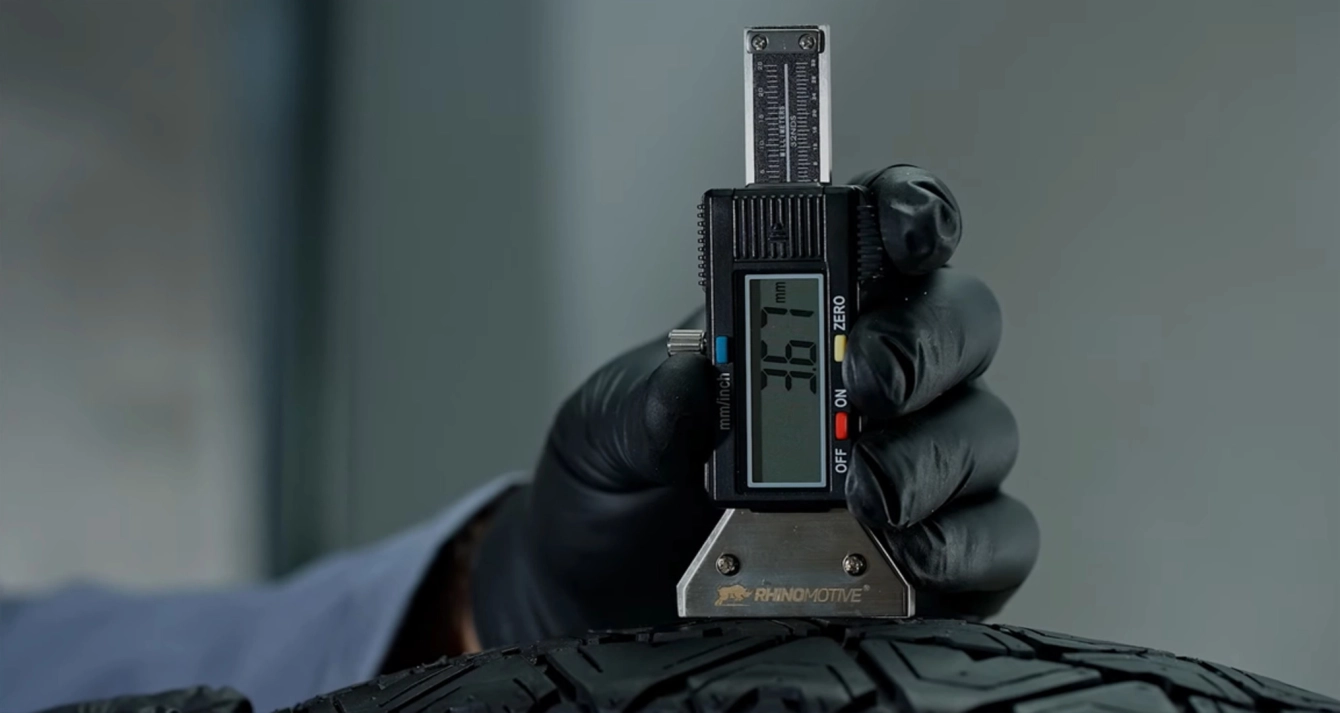Driving with a tire that has wires showing is not only dangerous but also illegal in many places. When the steel belts or wires in a tire become visible, it signals severe wear or damage. Many drivers share experiences of ignoring this issue, only to face catastrophic tire failures on the road.
This comprehensive guide will help you understand why this happens, the risks involved, and how to address the issue effectively.
Why Are Wires Showing on My Tire?
Tires are constructed from multiple layers, including rubber and steel belts, which provide structural integrity and durability. Exposed wires often indicate that the rubber has worn away, exposing the underlying steel belts. Common reasons for this include:
- Excessive Tire Wear: Prolonged use beyond the tire’s lifespan can lead to the rubber wearing down completely. For instance, a driver once noticed wires showing but kept using the tire, thinking it could last longer. Within days, the tire burst, leading to an expensive tow and additional vehicle repairs.
- Improper Wheel Alignment: Misaligned wheels cause uneven wear, accelerating the degradation of specific areas. A simple alignment check could have saved many drivers from unevenly worn tires.
- Underinflation or Overinflation: Driving on tires with incorrect pressure can compromise the distribution of weight, leading to premature wear.
- Aggressive Driving: Sudden braking, rapid acceleration, or frequent cornering can strain tires, causing accelerated wear.
- Defective Manufacturing: In rare cases, manufacturing defects can result in premature exposure of the tire’s internal components.
Understanding the root cause of exposed wires can help you prevent future issues and maintain a safer driving experience.
Is It Safe to Drive with Exposed Tire Wires?
The short answer is no. Driving with exposed tire wires is extremely unsafe for several reasons:
- Compromised Structural Integrity: Exposed wires mean the tire’s rubber layers are worn away, leaving it vulnerable to blowouts. A driver shared how their tire’s exposed wires led to a blowout while driving at high speeds, causing a terrifying loss of control.
- Reduced Traction: Without proper tread, the tire loses grip, increasing the risk of skidding, especially in wet or icy conditions.
- Risk of Accidents: A sudden blowout can cause loss of control, endangering the driver, passengers, and other road users.
Immediate Steps to Take
If you notice wires showing on your tire, follow these steps immediately:
1. Stop Driving
Driving even a short distance on a tire with exposed wires can lead to catastrophic failure. Pull over to a safe location as soon as possible.
2. Inspect the Tire
Examine the extent of the damage. Check for other signs of wear, such as cracks, bulges, or uneven tread patterns.
3. Replace the Tire
The safest solution is to replace the damaged tire. Driving on a compromised tire is not worth the risk. A proactive driver mentioned replacing their tire at the first sign of wires, which saved them from potential highway trouble.
4. Use a Spare Tire
If you have a spare, use it to get your vehicle to a repair shop safely. Make sure your spare is in good condition before driving.
5. Seek Professional Assistance
If you’re unable to change the tire yourself, contact a roadside assistance service or tow your vehicle to a nearby mechanic or tire shop.
Commonly Asked Questions
Can I Patch or Repair a Tire with Exposed Wires?
Unfortunately, a tire with exposed wires cannot be patched or repaired safely. The damage compromises the tire’s structural integrity, making replacement the only viable option.
How Long Can I Drive on a Tire with Exposed Wires?
It’s not recommended to drive at all on such a tire. Even a few miles can lead to a blowout, putting you at significant risk.
How Can I Prevent Exposed Wires in the Future?
Regular maintenance and inspections are key. Monitor your tire pressure, rotate your tires periodically, and address alignment issues promptly. One driver’s routine checks helped them catch the issue early, preventing a potentially dangerous situation.
Preventative Measures for Tire Health
1. Regular Inspections
Check your tires monthly for signs of wear, such as uneven tread, cracks, or bulges. Look for embedded debris that might cause damage over time.
2. Maintain Proper Tire Pressure
Underinflated tires wear unevenly and overheat, while overinflated tires can wear down the center tread prematurely. Use a tire pressure gauge to ensure your tires are inflated to the manufacturer’s recommended levels.
3. Rotate Tires
Rotating your tires every 5,000 to 7,500 miles ensures even wear and extends their lifespan. Follow your vehicle’s maintenance schedule for optimal results.
4. Address Alignment and Suspension Issues
Have your wheel alignment checked annually or whenever you notice uneven wear patterns. Misalignment stresses specific areas of the tire, leading to accelerated degradation.
5. Avoid Overloading
Carrying loads heavier than your vehicle’s capacity puts excessive stress on the tires, increasing the risk of damage.
Conclusion
Driving with a tire that has wires showing is a serious safety hazard that requires immediate attention. Exposed wires compromise the tire’s structural integrity, increase the risk of accidents, and should never be ignored.
By understanding the causes, addressing the issue promptly, and maintaining regular tire care, you can ensure a safer and more reliable driving experience.
Many drivers have shared their stories of either narrowly avoiding accidents by acting early or facing significant consequences due to delay. If you’re dealing with exposed wires on your tire, don’t take chances. Replace the tire immediately and follow preventative maintenance practices to avoid future problems.
Your safety and that of others on the road depend on it.








